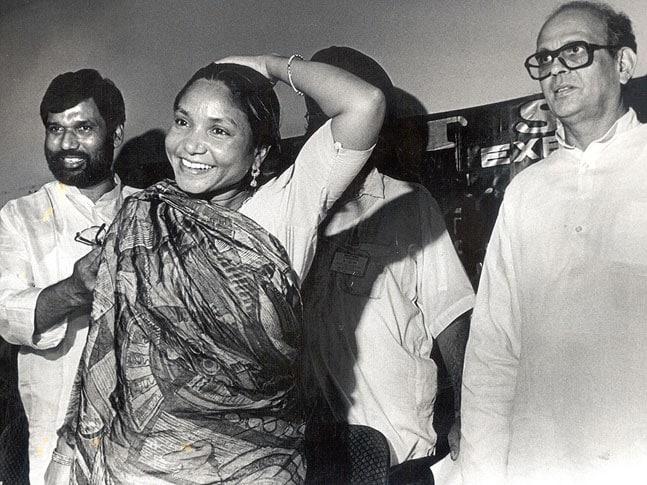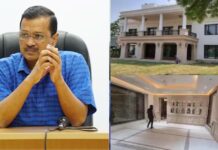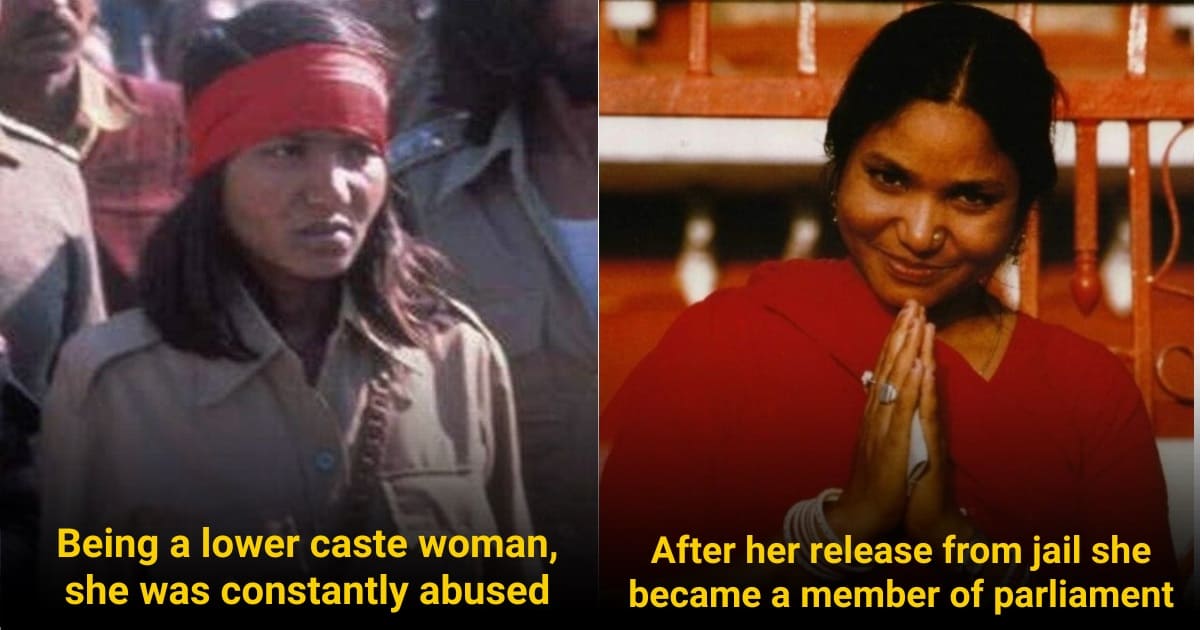
Phoolan Devi is popularly known as the Bandit Queen. She faced a lot of struggles in her life. From being repeatedly sexually abused to being married off at the age of 11. Phoolan Devi became a bandit leader after joining a dacoit group. She was like a Robin Hood figure for the lower caste masses. The authorities couldn’t capture her even after trying for years. The Bandit Queen later served in the Gwalior prison after a carefully negotiated settlement.
Here is everything you need to know about the Bandit Queen, Phoolan Devi:
ADVERTISEMENT
This story of her childhood proves she was born to protest for her rights
On 10 August 1963, Devi was born in the village of Gorha Ka Purwa in Jalaun district, Uttar Pradesh, India. She belonged to a poor family from the Mallah fisherman sub-caste. Their caste lies towards the bottom of the Hindu caste system in India. Mallahs (boatmen) were a subcaste of Shudra. Devi’s family used to collect dung cakes to burn as fuel and grew chickpeas, sunflowers, and pearl millet for a living. The primary asset owned by them was around one acre (0.4 hectares) of farmland with a large old Neem tree on it.
Her mother’s name was Moola. She had five siblings, four sisters, and one brother. Her father was Devidin who had one brother whose son’s name was Maiyadin Mallah. Phoolan Devi’s uncle and her cousin bribed the village leader to change the land records. Maiyadin wanted to chop off the old tree. They also plotted to steal land from her father. Devi’s father Devidin lost the land and the family was compelled to live in a small house on the edge of the village. They were further harassed and their crops used to be stolen just to drive them away from the village.
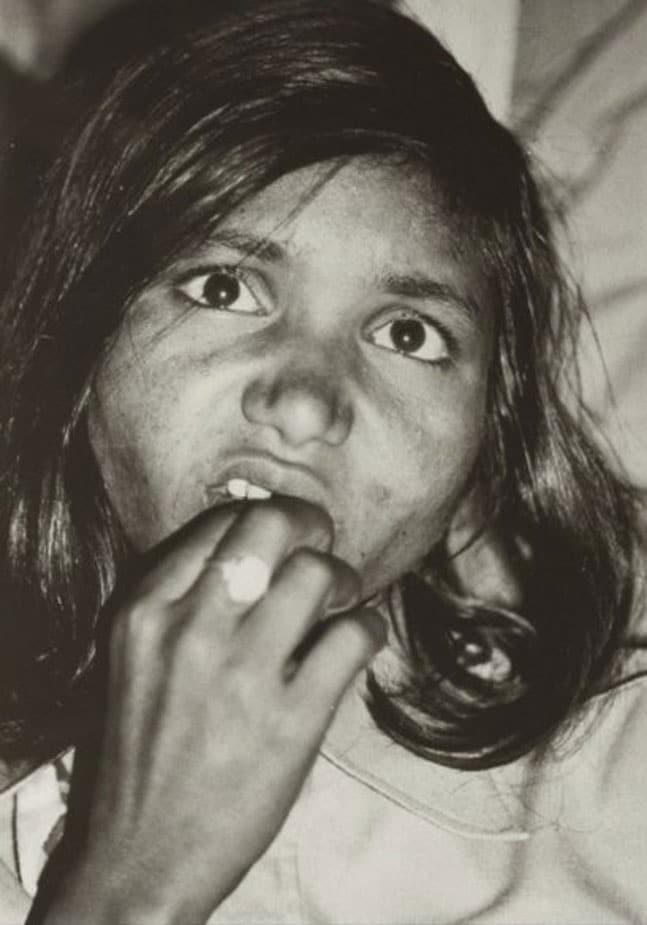
Phoolan, at the tender age of 10, decided to protest against injustice by going to the disputed land. She sat in a field and ate the chickpeas growing there with her older sister Rukhmini saying the crop belonged to her family. Her cousin Maiyadin ordered her to leave and when she refused, he beat her into unconsciousness.
The village leader then decreed that her parents should also be thrashed. Devi’s mother told The Asian Age in 2018 that she was still fighting to regain the land which Maiyadin had stolen from the family.
ADVERTISEMENT
Phoolan Devi was married at the age of 11 to a man almost thrice her age
After these events, Phoolan’s parents decided to marry her off. She was married to a man called Puttilal Mallah, who offered a dowry of 100 rupees, a cow, and a bicycle. It was decided that she would move out and live with him after three years. But less than three months later Puttilal came back and took her away. Her husband was three times her age. She refused his sexual advances and became unwell. When her parents came and took her, they took her to a doctor who gave a diagnosis of measles.
It was scandalous for a wife to leave her husband, so Maiyadin offered that Puttilal would take her back if they signed a paper. The family was illiterate and refused to sign. Instead, Phoolan was sent away to stay with a distant relative in the village of Teoga.
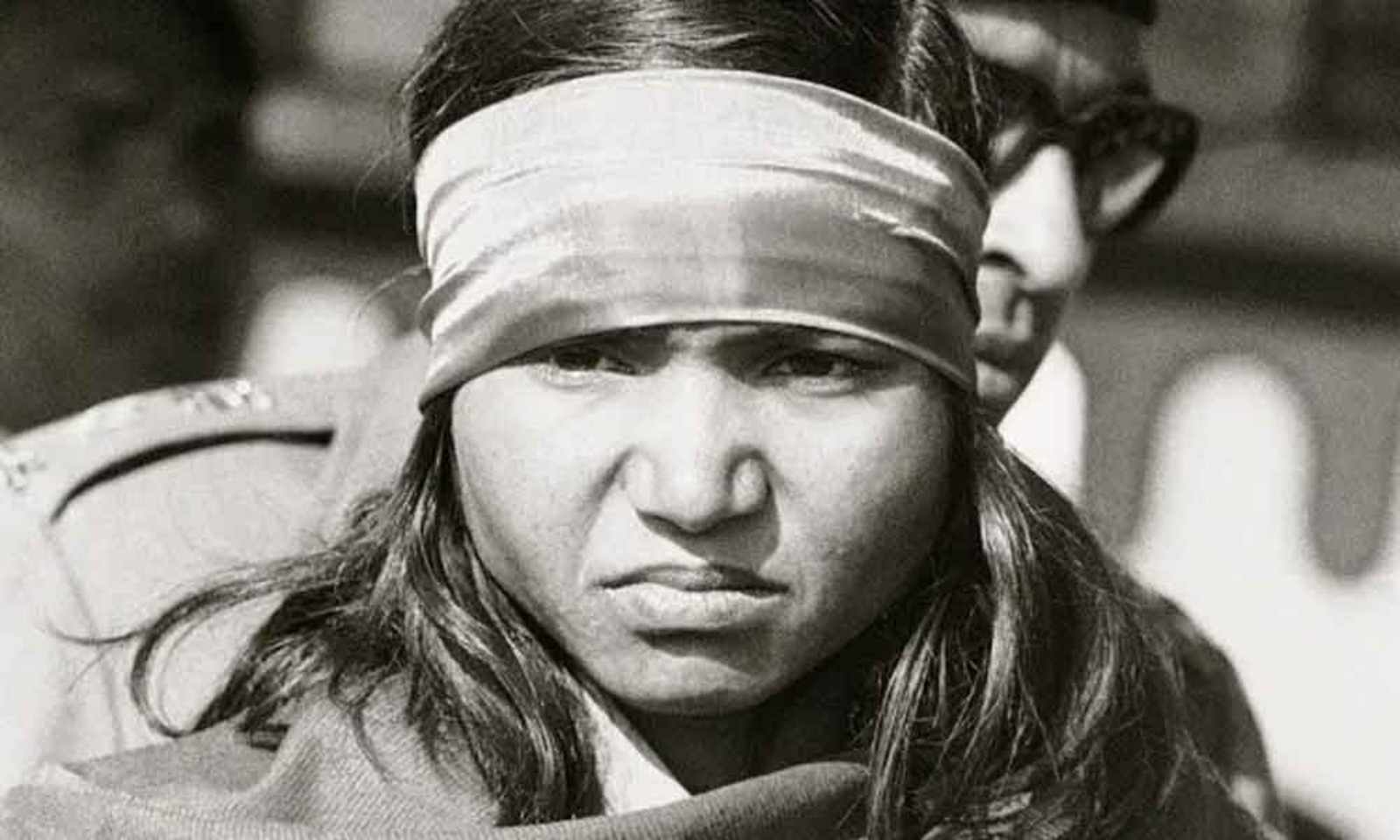
The atrocities Phoolan Devi went through
In the village of Teoga, she met her recently married cousin Kailash. He used to run errands for bandits (known locally as bahghis or dacoits). Devi became close to him and she was ordered by his wife to return to her own village.
Back in her village, the second son of the village leader became infatuated with Devi. When she did not return his affections, she was attacked by him. After this, Maiyadin pressured the family to ask Puttilal to take her back and Phoolan had to return to her husband. After Phoolan’s family offered generous gifts, they finally agreed to take her back. Phoolan’s parents performed the ceremony of gauna (after which a married woman begins to cohabit with her husband). They took Phoolan to her husband’s house and left her there.
In the meantime, her husband had taken another wife who mistreated Devi. After several years, Devi was abandoned by her husband beside the river and she returned to the parental home again. A wife leaving her husband, or being abandoned by her husband, is a serious taboo in rural India, and Phoolan was marked as a social outcast.
In January 1979, Phoolan Devi was arrested by the local police and detained for one month after she threw stones at Maiyadin and wounded his face. She later told The Atlantic that she was arrested as Maiyadin accused her of robbing him. When her biographer Mala Sen asked if she had been raped at the station, Devi replied
ADVERTISEMENT
“They had plenty of fun at my expense and beat the hell out of me too”
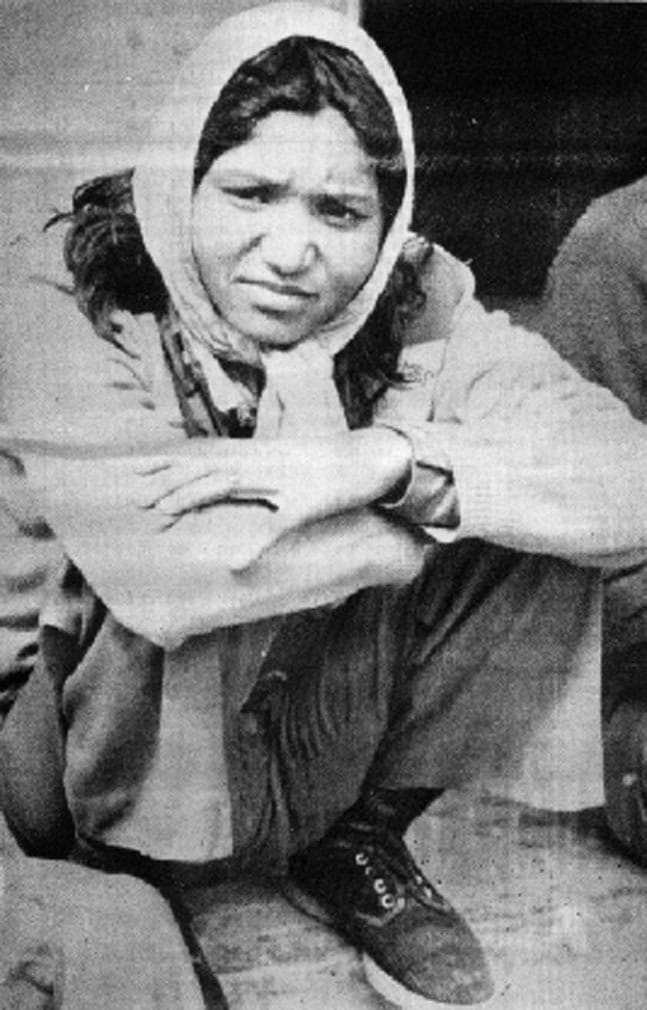
How did Phoolan Devi get involved with Bandits?
The region where Phoolan lived was extremely poor, arid, and with no industries. Most men migrated to big cities in search of manual work. The villagers had to rely on subsistence farming in the dry region with poor soil. Young men wanted to escape from the fields by running away to the nearby ravines which is the main geographical feature of the region. They formed groups of bandits and looted their more prosperous neighbors in the villages or passed townspeople on the highways.
In the same year (1979), Phoolan fell in with one such gang of dacoits. No one knows exactly how it happened. Some say that she was kidnapped and that outspoken rejection of her husband had attracted the attention of the bandits, while others say that she “walked away from her life.”
In her autobiography, talking about becoming a part of a gang of bandits, she merely says,
“kismet ko yehi manzoor tha” (“it was the dictate of fate”)
No one really knows whether it was a kidnapping or her own fault, Phoolan had immediate cause for regret. Babu Gujjar, the gang leader, raped and brutalized her for three days. At this point, the second-in-command of the gang, Vikram Mallah developed a liking for Phoolan and he saved her from rape. He belonged to Phoolan’s own Mallah caste. In the dispute related to the rape, Vikram Mallah killed Babu Gujjar and became the leader of the gang.
ADVERTISEMENT
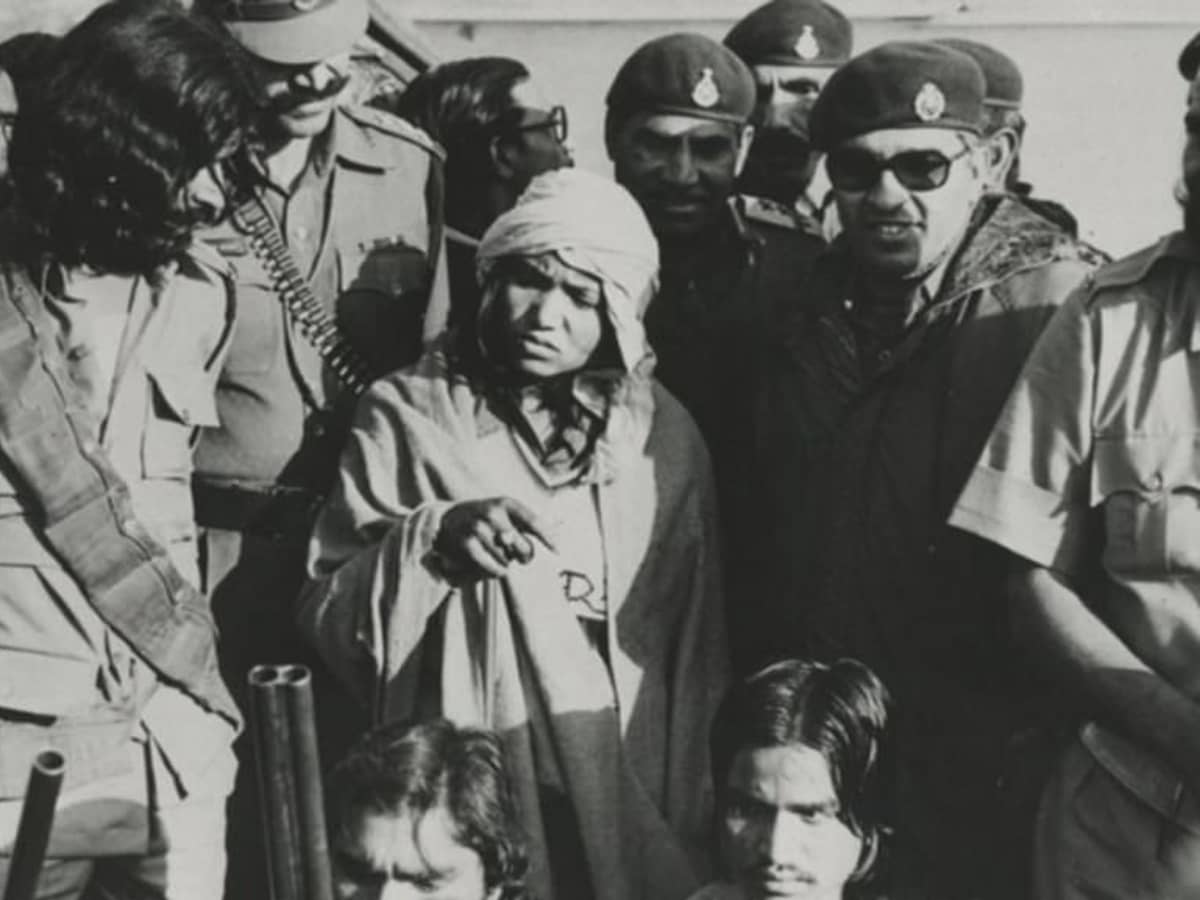
Phoolan Devi and her relationship with Vikram Mallah
Despite the fact that Vikram Mallah already had a wife and Phoolan was married too, they began cohabiting together. The gang attacked the village where Phoolan’s husband lived a few weeks later. Phoolan dragged him out of his house and stabbed him in front of the villagers. The gang then left him on the verge of death by the road, with a warning note for older men not to marry young girls.
The man lived but carried a scar running down his abdomen for the rest of his life. The man was still legally Phoolan’s husband, and due to this incident, the man was never able to marry again. He was secluded as most people in the village began avoiding his company out of fear of the bandits.
Vikram taught Phoolan how to use a rifle, and participated in the gang’s activities across Bundelkhand. It is the border between Uttar Pradesh and Madhya Pradesh. The activities of the gang consisted of attacking and looting villages where upper-caste people lived. They kidnapped prosperous people for ransom and committed occasional highway robberies targetting flashy cars. Among the gang of dacoits, Phoolan was the only woman member. She used to visit a Durga temple and thank the Goddess for her protection after every crime she committed. The gang’s main hideouts were in the ravines of the Chambal River.
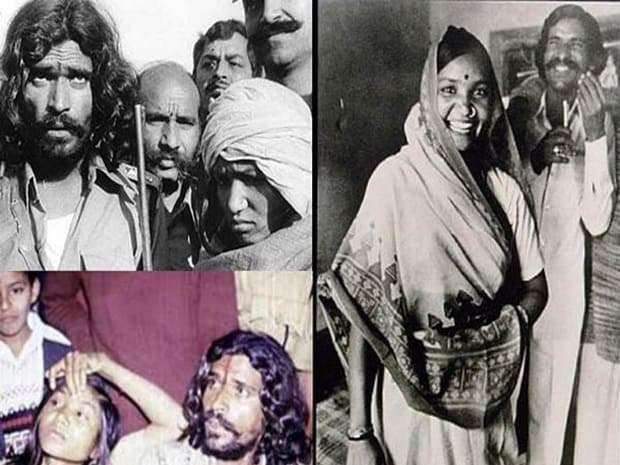
The dispute in the gang of dacoits involving Phoolan Devi
Sometime later, two upper-caste Rajput brothers from the gang who had been caught by the police were released from jail. They were Shri Ram and Lalla Ram who came back to the gang. When they found out about the murder of their former leader Babu Gujjar, they were outraged. They held Phoolan responsible for inciting the act.
ADVERTISEMENT
Devi answered them back with her usual foulness of tongue. Shri Ram then held her by the neck and slapped Phoolan. Phoolan alleged that Shri Ram had molested her during the scuffle. Vikram Mallah berated Shri Ram for attacking a woman as the leader of the gang. He made him apologize to Phoolan. Shri Ram and his brother couldn’t take this humiliation, as Phoolan and Vikram both belonged to the Mallaah caste of boatmen and they belonged to a much higher land-owning Rajput caste.
To take revenge, Shri Ram and Lalla Ram would make it a point to beat and insult the Mallahs of the villages the gang ransacked. Many Mallah members left the gang due to this act. On the other hand, Shri Ram and Lalla Ram invited around a dozen Rajputs to join the gang. This led to the shift of power in favor of the Rajput caste.
Vikram Mallah then suggested that the gang be divided into two. One comprising mainly Rajputs and the other mainly Mallahs. Shri Ram and Lalla Ram refused this suggestion citing the reason that the gang had always included a mixture of castes during the days of Babu Gujjar and his predecessors, and there was no need for a change.
Meanwhile, the other Mallahs were also unhappy with Vikram Mallah. They were jealous that he alone had a woman cohabiting with him. A few days after the proposal for the division was made, a quarrel occurred between Shri Ram and Vikram Mallah. Apparently, Shri Ram made a disrespectful comment about Phoolan’s morals, and Vikram commented about Shri Ram’s womenfolk in response. A gunfight ensued after this mishap.
ADVERTISEMENT
Vikram and Phoolan did not have a single supporter and managed to escape in the dark. However, Vikram Mallah was shot dead once they were tracked down. Phoolan was taken to the Rajput-dominated village of Behmai, where Shri Ram, Lalla Ram, and several of the new Rajput recruits lived.
According to legend, Vikram taught Phoolan,
“If you are going to kill, kill twenty, not just one. For if you kill twenty, your fame will spread; if you kill only one, they will hang you as a murderess.”
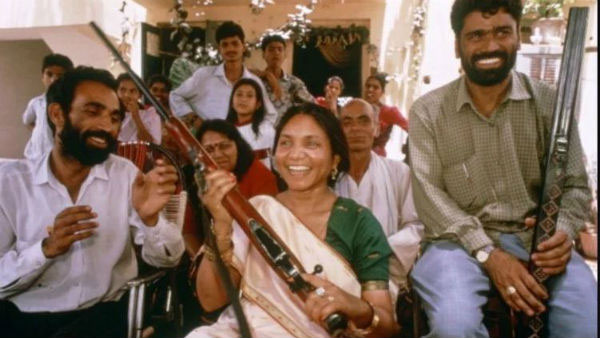
Phoolan was locked up in Behmai
Phoolan was locked up in a room in one of the houses in Behmai village. She was beaten, raped, and humiliated by a succession of several upper-caste Thakur men over a period of three weeks. They even paraded her naked around the village. But Phoolan managed to escape, after three weeks of captivity with the aid of a low-caste villager of Behmai and two Mallah members from Vikram’s gang, including Man Singh Mallah.
Man Singh Mallah and Phoolan created a new gang
Phoolan and Man Singh soon became joint leaders of a gang composed solely of Mallahs. Apparently, the gang carried out a series of violent raids and robberies across Bundelkhand. Their usually targeted upper-caste people. Some say that Phoolan targeted only the upper-caste people and shared the loot with the lower-caste people. The Indian authorities claim this is a myth as there is no evidence of Phoolan or her partners in crime sharing money with anyone.
ADVERTISEMENT
Behmai massacre
Phoolan returned to the village to seek revenge after several months after her escape from Behmai. On 14th February 1981, Phoolan and her gang marched into Behmai dressed as police officers and demanded villagers to hand over Sri Ram and Lala Ram. When Phoolan couldn’t find her tormentors she rounded up all the twenty two young men in the village. They were marched to the Yamuna river. Then there was a burst of gunfire and two survived and twenty died.
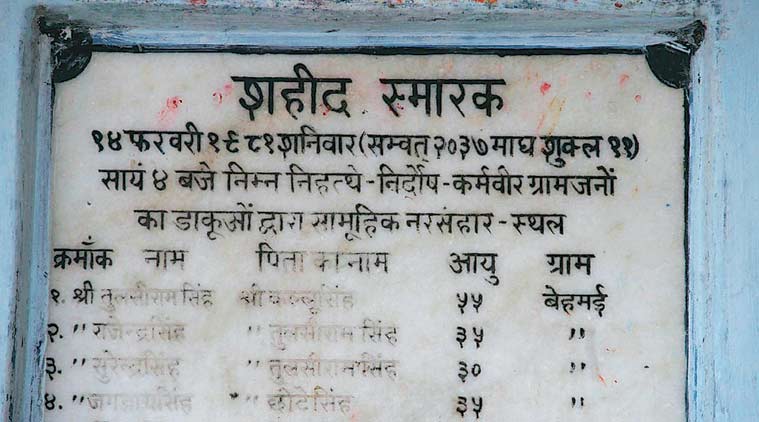
How Phoolan Devi became a Robin Hood figure?
The Behmai massacre induced outrage across the country. The then Chief Minister of Uttar Pradesh, V. P. Singh, resigned in the wake of the Behmai killings. To locate and capture Phoolan Devi a massive police manhunt was launched. However, they failed to locate Phoolan. Words spread that the manhunt was not successful because Phoolan was supported by the poor people in the region. This led to stories about Phoolan Devi being a Robin Hood model in the media. Phoolan Devi was named the Bandit Queen. Sections of the Indian media glorified her as an intrepid and undaunted woman, the underdog struggling to survive in the world.
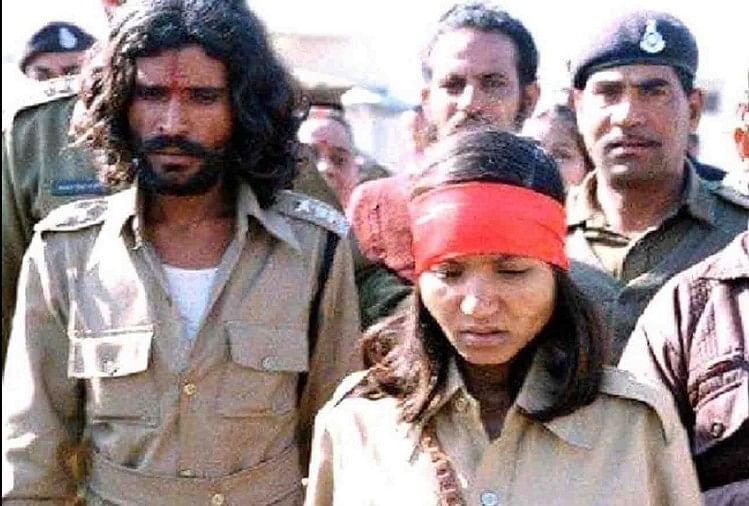
Surrender and Phoolan Devi’s jail term
The police could not capture Phoolan even two years after the Behmai massacre. The Indira Gandhi Government decided to negotiate a surrender. In February 1983, Phoolan Devi who was in bad health with most of her gang members dead agreed to surrender to the authorities. However, she said that she would only surrender to the Madhya Pradesh Police because she had doubts about the Uttar Pradesh Police. She also added that she wants to lay down her arms only before the pictures of Mahatma Gandhi and the Hindu goddess Durga, not to the police.
There were four further conditions laid down by her:
ADVERTISEMENT
- A promise that the death penalty would not be imposed on any member of her gang who surrenders.
- The term should not exceed eight years for the other members of the gang.
- A plot of land to be given to her.
- Her entire family should be escorted by the police to witness her surrender ceremony.
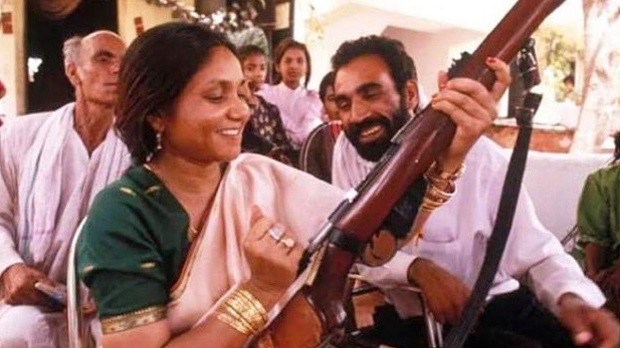
She laid down her rifle before the portraits of Gandhi and Goddess Durga
An unarmed police chief met her at a rendezvous in the Chambal ravines. She laid down her rifle before the portraits of Gandhi and Goddess Durga after traveling to Bhind in Madhya Pradesh. Apart from the then-chief minister of Madhya Pradesh, Arjun Singh, the onlookers included a crowd of around 10,000 people and 300 policemen. Other members of her gang also surrendered at the same time as her.
Phoolan was charged with as many as forty-eight crimes, including thirty charges of dacoity (banditry) and kidnapping. She remained in prison as an undertrial for 11 years as her trial was delayed. During this period, she was operated on for ovarian cysts and underwent a hysterectomy.
The doctor of the hospital reportedly joked that,
“We don’t want Phoolan Devi breeding more Phoolan Devis“
In 1994, she was finally released on parole after an appeal by Vishambhar Prasad Nishad, the leader of the Nishadha community (Mallah community of boatmen and fisherfolk). The Government of Uttar Pradesh, led by Mulayam Singh Yadav, withdrew all cases against her. This move became a matter of public discussion and controversy and sent shock waves across India.
ADVERTISEMENT
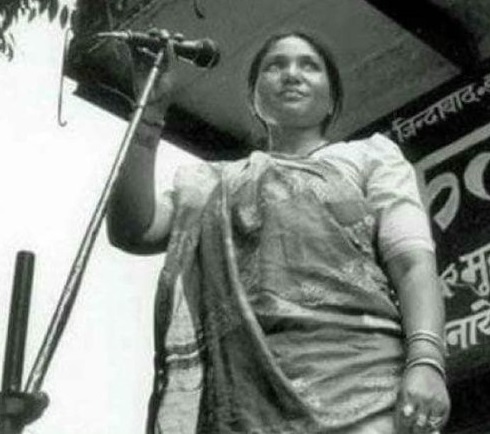
Phoolan Marriage with Ummed Singh
Later, Phoolan got married to Ummed Singh. Umed Singh Phoolan Devi husband fought the 2004 and 2009 elections on Indian National Congress’s ticket. Phoolan’s sister Munni Devi later accused him of being involved in Phoolan’s murder.
Phoolan Devi as a member of Parliament
One year after her release, in 1995, Phoolan was invited by Dr. Ramadoss (founder of Pattali Makkal Katchi) to participate in a conference about alcohol prohibition and women Pornography. This conference after her release began her journey into Indian politics. However, Phoolan stood for election to the [11th Lok Sabha] from the Mirzapur constituency in [Uttar Pradesh].
She contested the election as a member of the Samajwadi Party of Mulayam Singh Yadav, whose government withdrew all cases against her and released her from prison. She won the election and served as an MP during the term of the 11th Lok Sabha (1996–98). In the 1998 election, she lost her seat but was re-elected in the 1999 election. She was the sitting member of parliament for Mirzapur when she was assassinated.
On 15 February 1995, Phoolan Devi embraced Buddhism, following the path of Babasaheb Ambedkar, at Deeksha Bhoomi. At the same place, where Babasaheb Ambedkar embraced Buddhism with lakhs of followers.
ADVERTISEMENT
“As a Parliamentarian, she fought for women’s rights, an end to child marriage, and the rights of India’s poor. In a Che Guevara-type revision of history, though, Devi is remembered as a romantic Robin Hood figure, robbing the rich to help the poor, and not as a politician working to enact structural change in India’s social hierarchies.”
Phoolan Devi death – assassination of Bandit Queen
So, how Phoolan Devi died? Well, she was murdered. On 25 July 2001 at 13:30, Phoolan Devi was shot dead by three unknown men outside her house at 44 Ashoka Road in New Delhi. She was rushed to hospital and was declared dead. Few days after the incident. Sher Singh Rana for the crime and he said that the assassination was revenge for the Behmai massacre. He was later convicted of her murder in 2014.
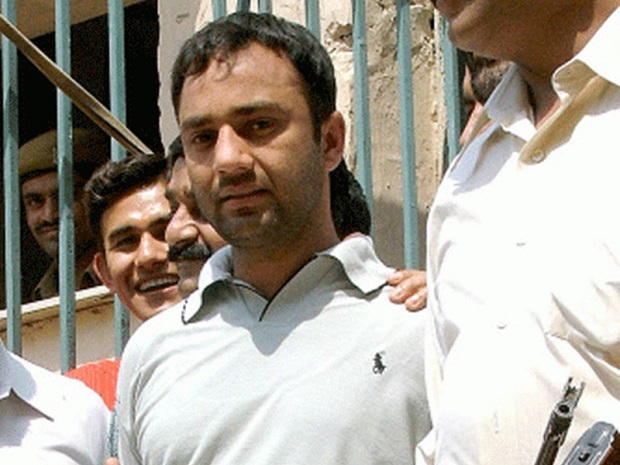
Phoolan Devi was seen as a victim of caste oppression and gender exploitation
She fought back, took her revenge, and later moved on to the political plain. After her death, her image was more of a phenomenal leader who struggled to help the weak. But the uncanny closeness of her sudden death to the Uttar Pradesh Assembly elections and Chief Minister Rajnath Singh’s announcement of a system of “quota within quota“ for the most backward castes (MBCs) ensures that her image is kept alive for long in the political part of Uttar Pradesh.
Phoolan Devi became famous after the release of the controversial film Bandit Queen in 1994. The movie portrayed her life story in a way that she did not approve of. She even blocked the release of the film in India at first with the help of Arundhati Roy.
ADVERTISEMENT
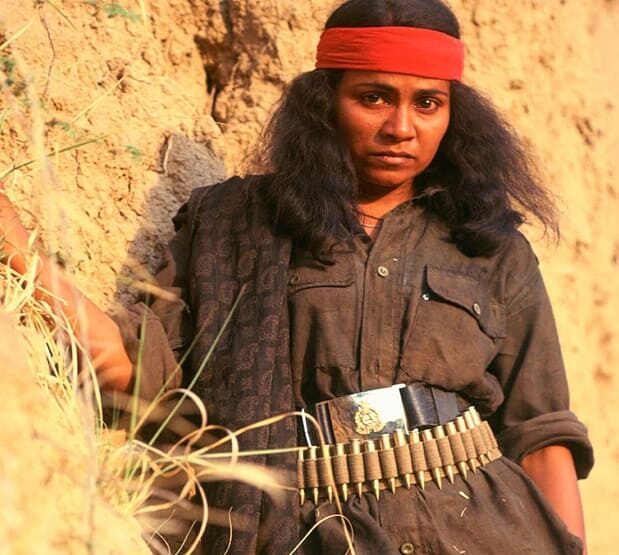
Phoolan Devi life story has inspired several books, including a biography by Mala Sen. The title of her autobiography is I, Phoolan Devi.
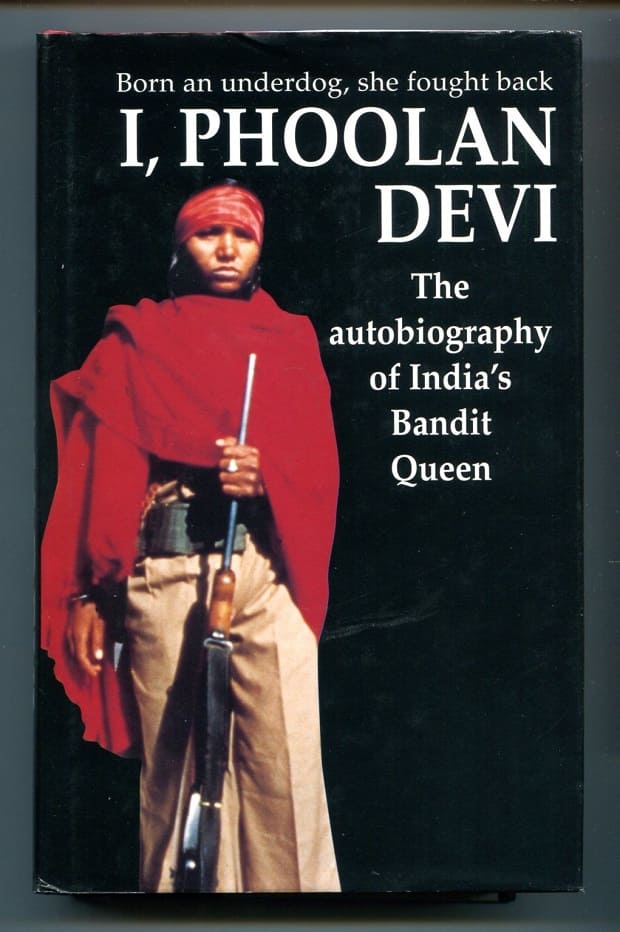
ADVERTISEMENT

